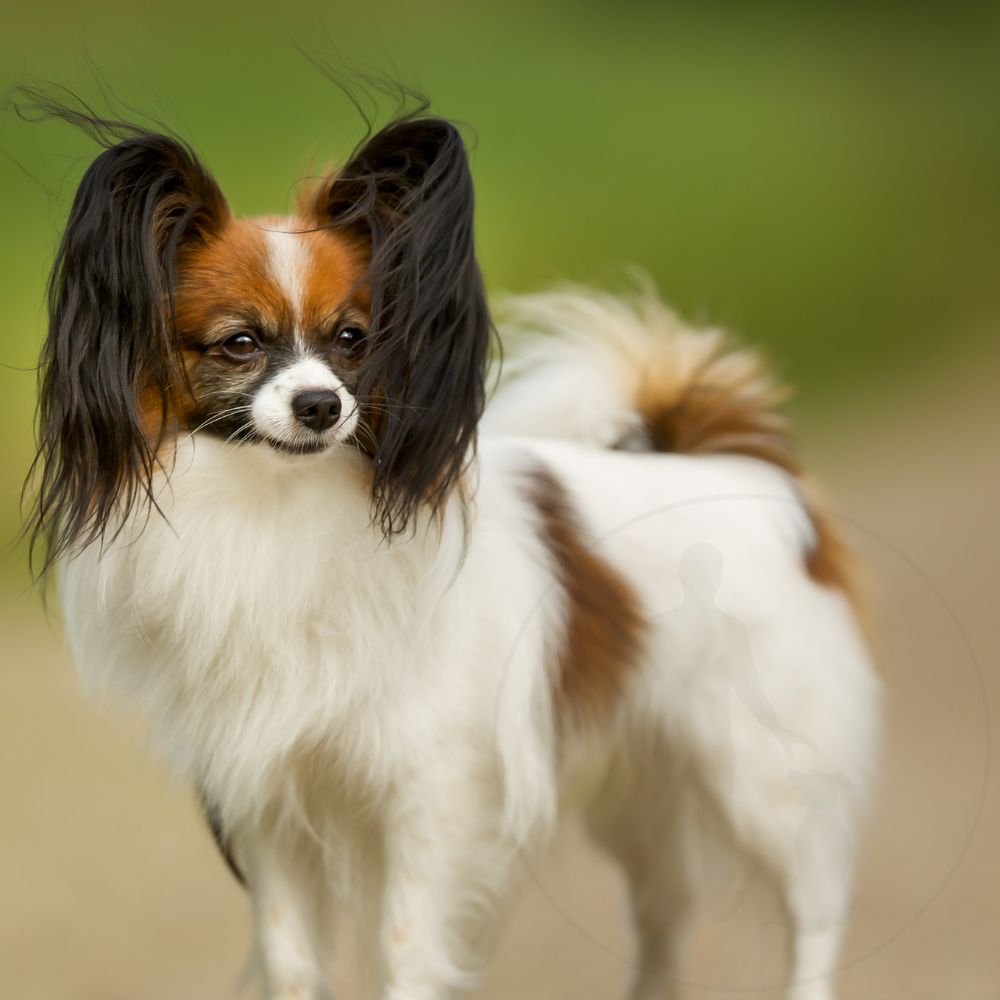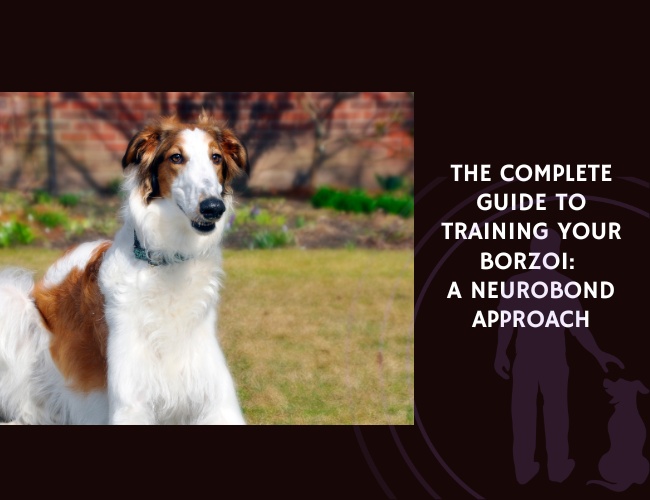Quick Facts about the Papillon
- Origin: France / Belgium
- Weight: 3.6–4.5 kg
- Life expectancy: 12–16 years
- Coat Colour: White with patches of any colour (commonly red, sable, black, lemon, or tricolour)
- Breed Group: Toy / Companion
The Papillon is a dainty, intelligent toy breed known for its butterfly-like ears, lively spirit, and exceptional trainability. Despite its elegant appearance, it’s a hardy, energetic dog with a big personality.
Papillon History
The Papillon, whose name means “butterfly” in French, dates back several centuries and was favoured by European royalty, particularly in France and Spain. It appears in countless Renaissance paintings as the lapdog of noblewomen.
The breed descends from small spaniel-type dogs and was refined for companionship. Two varieties exist: the Papillon (with upright ears) and the Phalène (with drop ears). Recognised by the AKC in 1915, the breed remains a top performer in obedience and agility.

Papillon Temperament
Alert, happy, and highly intelligent, the Papillon thrives on human companionship and mental engagement. It is confident, friendly with strangers, and generally sociable with other animals.
Though small, it’s not a fragile lapdog—it’s athletic, curious, and full of energy. This breed learns quickly and enjoys advanced trick training, agility, and interactive play.
Note: Papillons don’t do well if ignored or under-stimulated. They can become vocal or anxious without engagement.
Health and wellness
Papillons need daily exercise—walks, indoor play, and puzzle toys help keep them content. They adapt well to apartment living as long as they get stimulation and interaction.
Their fine, flowing coat is not prone to matting but should be brushed regularly. Dental care is especially important due to their small jaws.
Significant problems:
Patellar luxation
Dental disease
Progressive retinal atrophy (PRA)
Collapsed trachea
Hypoglycaemia (in small puppies)
Life expectancy: 13–16 years

The Complete Guide to Papillon
🔍 Looking to go deeper into dog training?
Use these categories to explore targeted guides and articles on canine behavior, nutrition, obedience, entertainment, and more.









